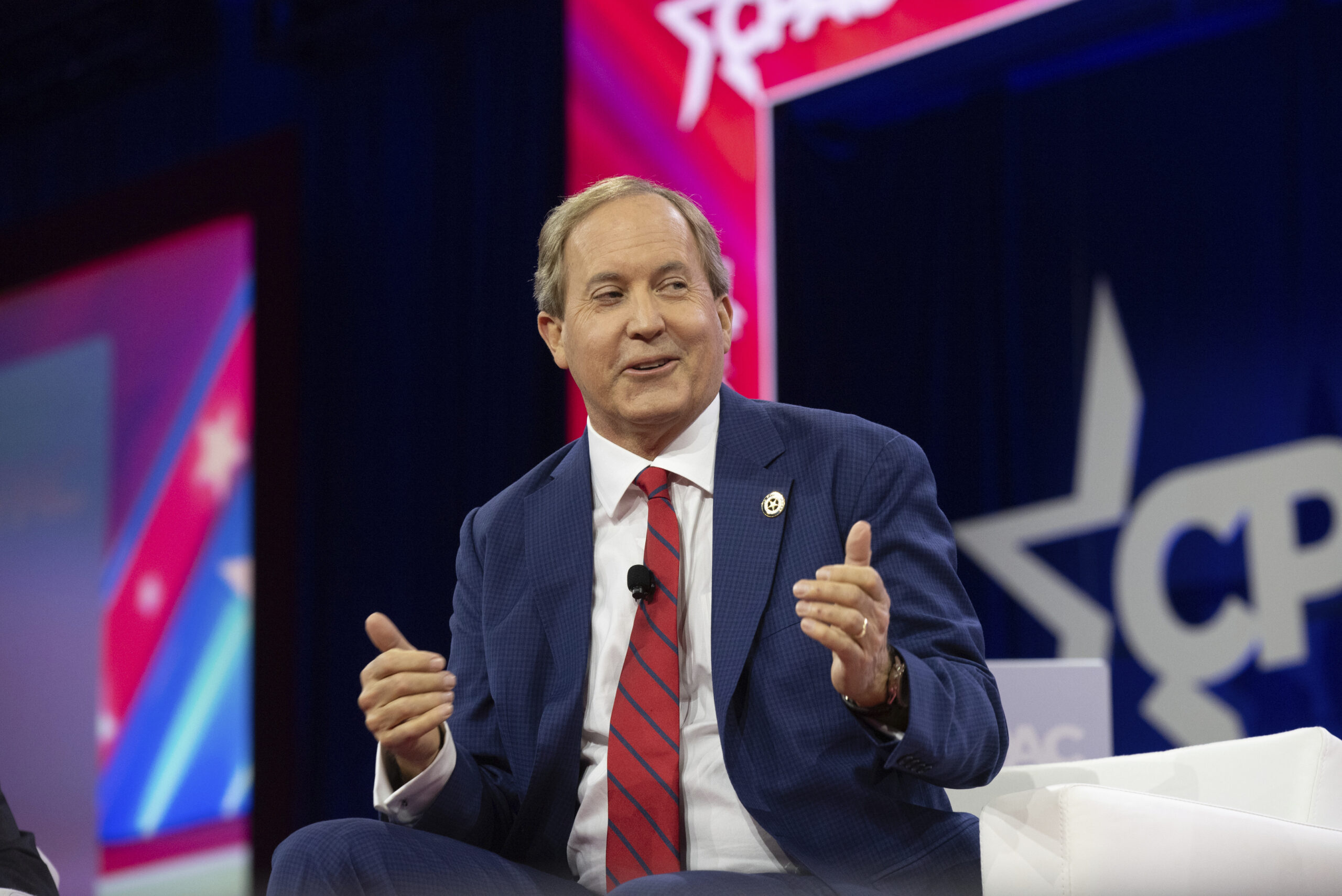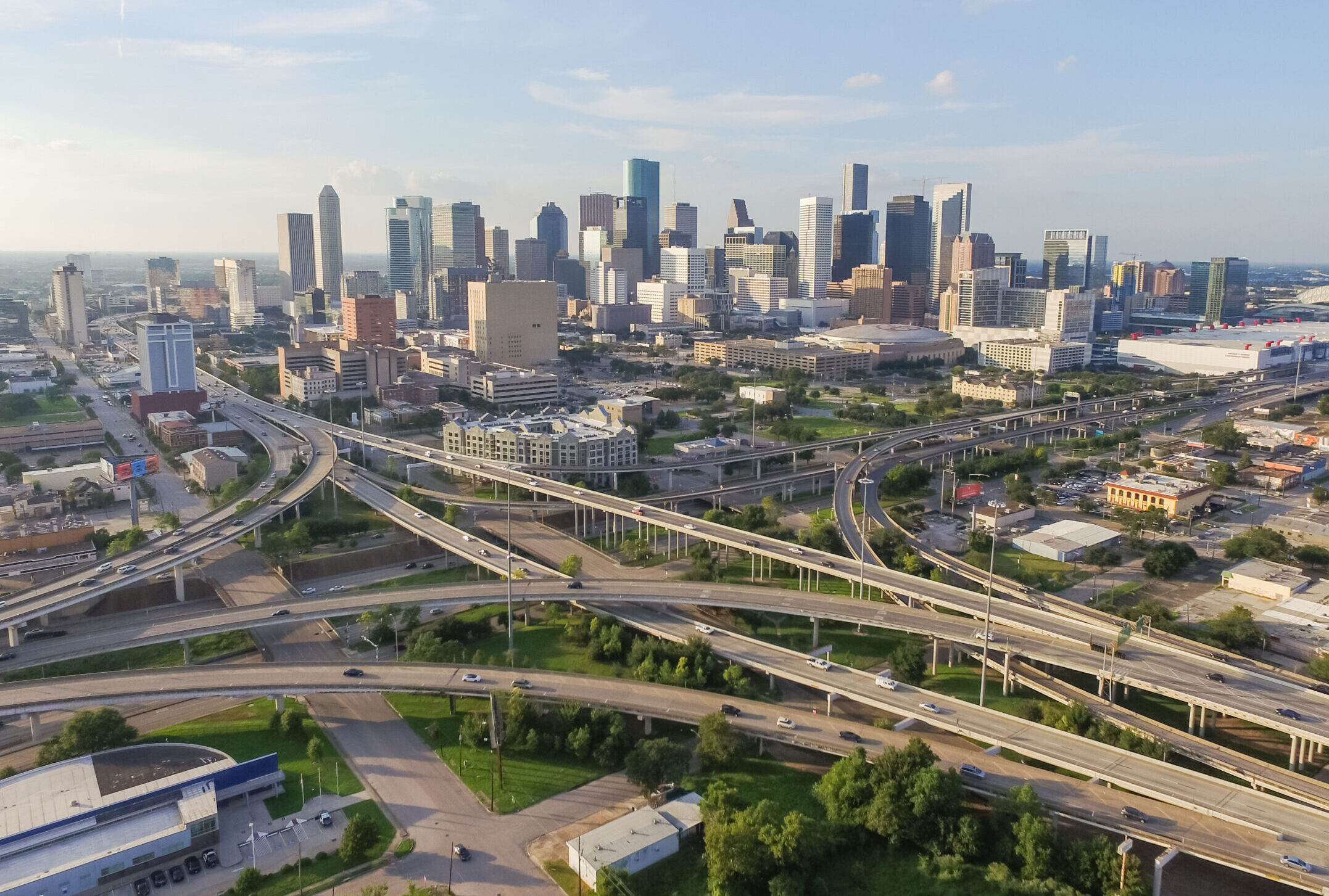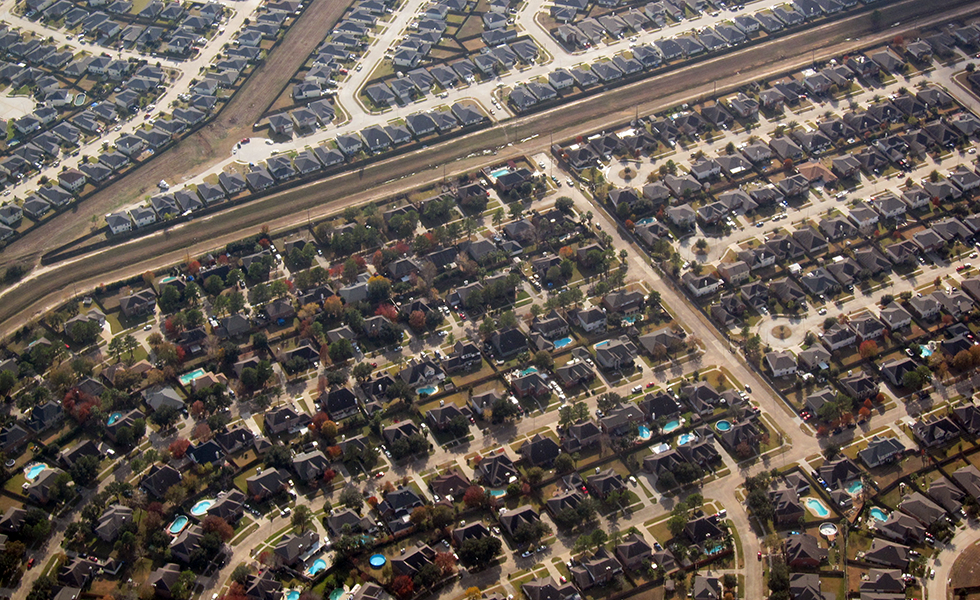
Is it Time to Rethink Texas Suburbia?
Two new books lay out convincing evidence that the suburbs have been unfairly maligned and overlooked.
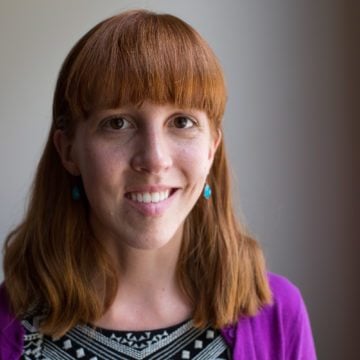
A version of this story ran in the March / April 2020 issue.
Above: If you want a glimpse of America’s future, the ’burbs are a pretty good place to look.
My opinion of the suburbs changed a few years ago on my first trip to the Katy Mills Mall, a sprawling shopping center just west of Houston. The place didn’t look like much from the outside—a white concrete behemoth then accented in ’90s primary colors, with a giant 3D red star adorning the sign out front. In town to visit family over the holidays, I’d been lulled into a stupor as our SUV joined thousands of others crawling along the massive Katy Freeway—one of the world’s widest and most congested roads—past endless acres of big-box stores and cookie-cutter houses. My ennui had set in on a jog around the neighborhood a few days earlier, when I’d gotten lost in the maze of identical cul-de-sacs. A woman in a minivan nearly hit me as I crossed the road at a light, then gave me a puzzled stare, apparently surprised to spot a rare pedestrian in the wild.
In the mall, though, things felt different. The place was packed with people of every age, race, and class. Women in hijabs pushed strollers past a Churromania cafe, where teenagers pecked at their phones while drinking cafe con leche. At the Bass Pro Shop, a multigenerational Chinese American family clustered around the fish tanks. Conversations in at least five languages drowned out the Muzak.
Fort Bend County, home of Katy Mills, is now one of the most diverse places in the nation; nearly 30 percent of residents were born outside the United States. As Houston becomes more and more unaffordable, people are moving to the outskirts at a rapid clip, and similar changes are happening around the country. If you want a glimpse of America’s future, the ’burbs are a pretty good place to look.
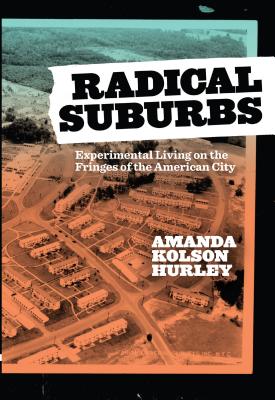
By Amanda Kolson Hurley
Belt Publishing
$16.95; 174 pages
That’s the argument made by two recent books on suburbia. Amanda Kolson Hurley’s Radical Suburbs looks back at six quirky communities across U.S. history, arguing that the stereotypes about suburbs—that they’re dull, conservative, monolithic—have been wrong from the start. Lone Star Suburbs, an essay compilation edited by Paul J. P. Sandul and M. Scott Sosebee, zeroes in on Texas as an overwhelmingly suburban place. Despite the state’s cowboys-and-tumbleweeds image, nearly 90 percent of Texans now live in metro areas. Together, both volumes lay out convincing evidence that the suburbs have been unfairly maligned and overlooked. Let’s bust some myths, shall we?
Myth No. 1: Suburbs are boring. In pop culture, the suburbs have long been depicted as a place to escape. “Grab your mother’s keys, we’re leaving / … We were already, already bored,” sang Arcade Fire’s Win Butler on The Suburbs, an album inspired by his youth outside Houston. Butler joined a musical tradition tracing back to Malvina Reynolds’ 1962 hit “Little Boxes,” which critiqued the tract developments popping up across the country: “They’re all made out of ticky-tacky / and they all look just the same.” Reynolds wrote the song, which also pokes fun at suburbanites’ golf courses and cocktail hours, after visiting Daly City, California. But as Radical Suburbs points out, that town was never actually the upper-middle-class, conformist place that “Little Boxes” satirizes. Daly City was always home to working-class people; it also has the United States’ largest Filipino American community.
In Texas, two lively examples of suburban life stand out from Lone Star Suburbs. Jake McAdams’ chapter on cowboy churches posits that this fast-growing evangelical movement—where congregants can leave their hats and spurs on—is a suburban, not rural, phenomenon. Texas has at least 160 cowboy churches, two of them bilingual, and the trend has spread as far as Russia, Australia, and Kenya. In an essay on the Vietnamese diaspora in Houston, Son Mai explains how immigrants have created what sociologists call a new kind of “ethnoburb,” a rich community with Buddhist, Catholic, and Protestant houses of worship alongside bustling businesses, cafes, and two Vietnamese TV stations. Those communities feel far from Reynolds’ depiction of whitewashed ticky-tacky boxes.
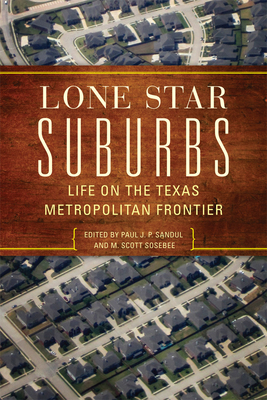
Life on the Texas
Metropolitan Frontier
Edited by Paul J. P.
Sandul and M. Scott Sosebee
University of
Oklahoma Press
$24.95; 266 pages
Myth No. 2: Suburbs are conservative. One of the most colorful chapters in Radical Suburbs tells the story of Stelton, New Jersey, an anarchist community that thrived in the 1920s. Its blue-collar residents fled overcrowded New York City tenements for fresh air and homeownership. Adults commuted by train into the city, while their children attended an unstructured, artsy school similar to those in the “unschooling” style today. Many families earned extra money by renting out cottages on their property—something suburbanites today are fighting for the right to do via Airbnb and other rental sites. Stelton was also one of very few early suburbs to welcome black residents. Hurley writes that its closest modern analogue is Greenbriar, a community built around a “free school” near Bastrop, outside Austin.
Myth No. 3: Suburbs are ugly and unwalkable. This one, alas, is often true—but it doesn’t have to be, as the parable of Greenbelt, Maryland, illustrates in Radical Suburbs. Designed with aesthetics as well as community in mind, Greenbelt was a middle-class affordable housing project funded by the New Deal and built by the Civilian Conservation Corps. Planners replaced private backyards with miniature parks, so neighbors spent more time outside together. Kids walked to and from the beautiful art deco elementary school on the town’s many footpaths. Rental townhomes and duplexes, today called “missing middle” housing, were interspersed with single-family homes. Unfortunately, as the decades took their toll, Greenbelt “sprawled into the usual, desultory subdivision”—albeit one that still stands out for all its paths, parks, and public spaces.
That last point is key. What makes Katy Mills Mall feel so lively is not only its rich diversity, but also that it’s a shared space where neighbors of all stripes walk together. As Texas becomes even more suburban, it’s clear that pouring more concrete isn’t the answer. Instead, small changes can add up to a big improvement in quality of life: a bike lane here, a sidewalk there, a pocket park where a vacant lot used to be. Inclusive zoning, better public transit, and HOA reform are crucial, too. As Hurley writes, “Suburbia is what we make of it.”
Read more from the Observer:
-
Dozens of COVID-19 Cases Have Been Reported in Rural Texas Counties With No Hospitals and No Licensed Physicians: So far, more than 100 cases have been reported in counties with only one—or no—licensed physician.
-
COVID-19 Cases Now Tied to Meat Plants in Rural Texas Counties Wracked with Coronavirus: The outbreaks, which are being investigated by the state health agency, represent the first reported cases of the virus inside Texas meatpacking plants, and are in rural areas where medical resources are already stretched thin.
-
For Austin Police, Claims of Racism Are Only the Tip of the Iceberg: An investigation into allegations of racism against a former top cop points to deeper problems of bias and retaliation at the Austin Police Department.
